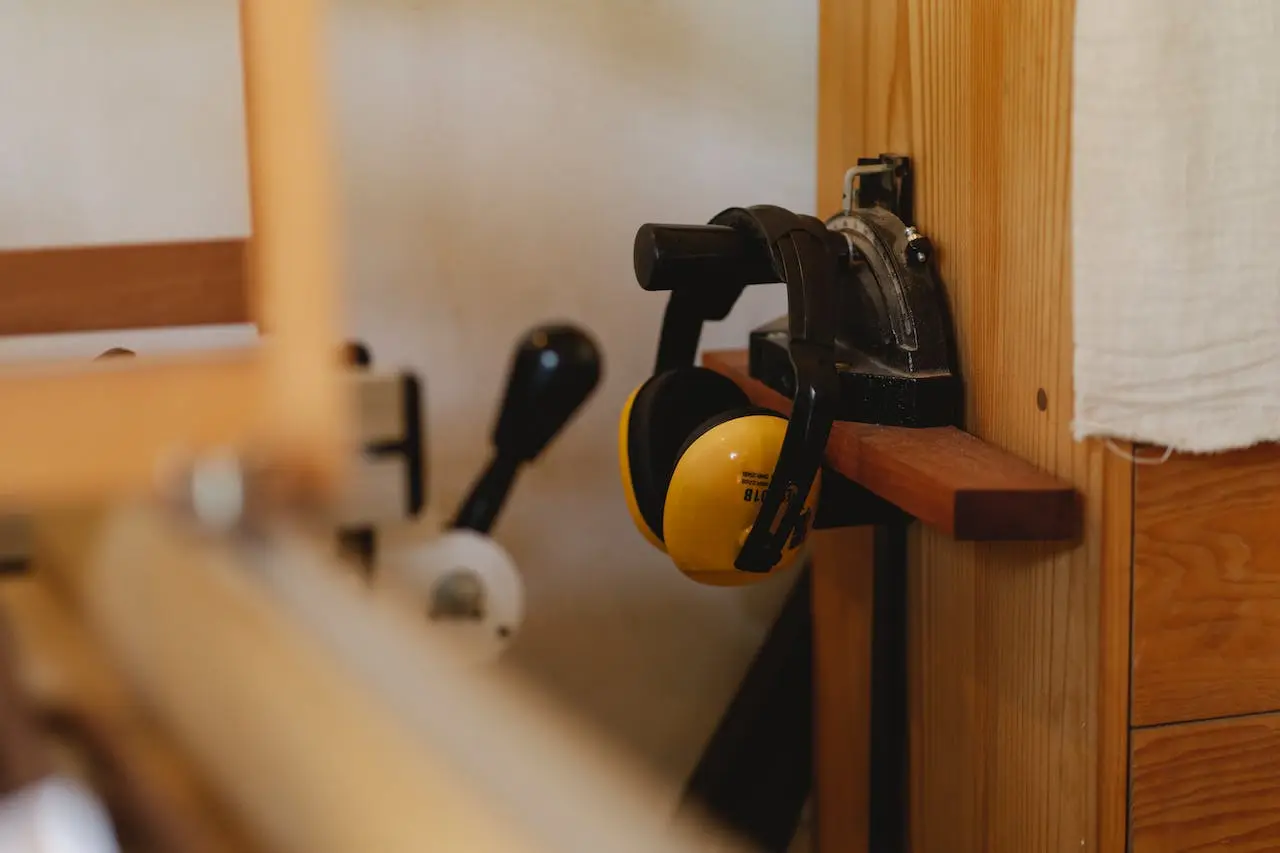Protective footwear, designed for use in a wide variety of working conditions, is primarily a protection for the feet and lower legs in case there is any danger of mechanical, chemical and thermal injury on the job, as well as dirt or wet feet. They are used today in many closed workplaces and production lines, as well as for work in warehouses, the construction industry or agriculture. Analogous to protective clothing, these shoes are not only about the comfort and hygiene of the wearer, but are primarily intended to protect against any damage to health that threatens the worker in a given environment. On what requirements they should meet, informs the Regulation of the Minister of Economy of December 21, 2005 on the essential requirements for personal protective equipment (Journal of Laws No. 259, item 2173). What should be followed when choosing the right footwear, what standards regulate its characteristics and what types of protective footwear can be distinguished?
Characteristics of safety shoes
Protectivefootwear is designed to effectively protect the feet and, in some cases, the lower parts of the legs from external factors present in the workplace. These factors, by their nature, without the use of appropriate protection could pose a direct threat of mechanical, thermal or chemical injury, and violate the hygiene conditions of the workplace. The necessity for the use of work shoes is strictly determined by the occupational health and safety regulations applied at a given workplace, which automatically means that in order for these to be used on the job, it is necessary for them to be properly labeled and comply with specific standards. The design of protective shoes and the materials used to make them should effectively protect against at least one, and usually multiple, factors at the same time. The level of protection exhibited by a particular pair of shoes is therefore closely linked to every single element of its design, starting with the entire upper and ending with the smallest details such as steel or composite insoles, anti-tip inserts in the sole, reflective elements or heel protection. 
Types of safety shoes
In order for any shoes to be classified as safety shoes and thus be used in specific working conditions, it is necessary that they meet specific international standards. And so, based on the level of danger present in workplaces, footwear is divided into three basic types:
Safety footwear is the most robust of all categories of safety footwear. Their main features include toe protection by means of metal or composite toes, which can withstand impacts with an energy of up to 200 J. The essential requirements for safety footwear are defined by the PN-EN ISO 20345 standard. Of course, in addition to impact resistance, these shoes can and even should exhibit other protective properties specific to the workplace. Among good examples of safety footwear, we can mention CHEMICAL-RESISTANT HIGH-RESISTANT GUM SHOES (https://www.bhp-gabi.com/p24750,79755-e-s-s5-gumowce-ochronne-lenus.html) resistant to chemicals, minerals, vegetable oils and disinfectants, or resistant to oil, gasoline and equipped with an anti-electrostatic sole.
Safety footwear, which is another category of shoes that protect the feet during work, also exhibits characteristics similar to those of safety shoes, but in this case the strength of the toecaps has been limited to impacts within 100 J. The standard with which shoes labeled as safety shoes should show compliance is EN ISO 20346.
Occupational footwear, often also referred to as work footwear, has some protective features, but in many cases has not been equipped with special toe caps to protect the toes from injuries caused by objects falling on them. The standard in which the requirements for work footwear are specified is PN-EN ISO 20347.Among this type of shoes, it is much more common to find footwear designed for work in the food industry, where the priority becomes rather waterproof or high sterility and hygiene of shoes. Good examples here would be the COFRA BRC-KEVIN PROTECTIVE SHOES models (https://www.bhp-gabi.com/p3170,buty-ochronne-cofra-brc-kevin.html) and the more built-in BF-PCVCZS W FILT SHOES (https://www.bhp-gabi.com/p3152,buty-filcowe-bf-pcvczs-w.html).
All the aforementioned types of footwear with protective features can be further divided according to the material used in their production. This gives us Classification I footwear, made of leather and other materials, excluding all-rubber or all-plastic footwear, and Classification II footwear, made entirely of rubber (vulcanized in full) or all-plastic, and therefore molded in full, without any sewing or gluing.
Marking of safety shoes
It's worth knowing that within the ISO 20345 safety footwear standard there are 6 basic categories that define the specific features that the footwear has. In addition to the obligatory footwear within the standard, which can withstand impacts up to 200 J, within each category there are additional obligatory features. Thus, the SB category is assigned to footwear showing additional resistance to oil, gasoline and other organic solvents. Next in line, the S1 category has been expanded to include the need for a built-in heel, anti-electrostatic properties and energy absorption in the heel area. The S2 category is an addition above S1 requirements in the form of permeability and water absorption. The S3 category is enriched with anti-piercing properties, which will not appear in shoes of the S4 category. In the latter you will also not find the possibility of water permeability, and this is due to the fact that shoes marked with the S4 category are completely waterproof. The S5 category is an extension of the S4 category with the addition of anti-piercing properties. Similar designations also apply to safety boots (here the symbol S has been replaced by the symbol P). In addition, depending on the requirements of the workplace, symbols indicating the resistance of footwear to specific factors may appear among the markings. According to the generally accepted classification, the letter P stands for puncture resistance, A - anti-electrostatic footwear, C - conductive footwear, I - electro-insulating footwear, HI - presence of insulation of the bottom of the shoe from heat, CI - insulation of the bottom from cold, E - energy-absorbing footwear in the heel part. WR and WP are symbols for waterproofing, WRU - water permeability and absorption, HRO - resistance of the soles to contact with hot ground, CR - cut resistance of the upper and all parts of the shoe, M - metatarsal protection, AN - ankle protection, and FO - resistance of the soles to diesel fuel.






